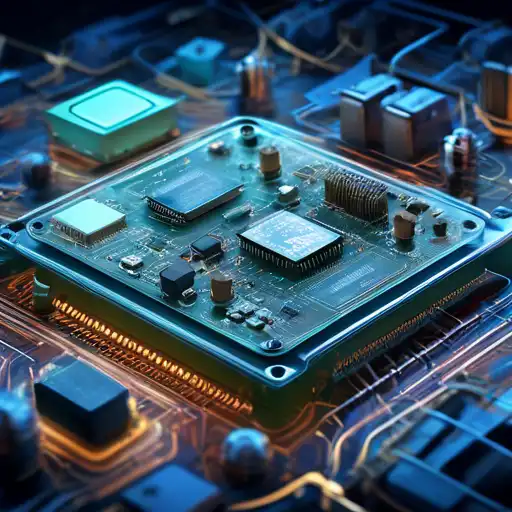Introduction to Embedded Systems
In the digital age, embedded systems have become the unsung heroes behind the seamless operation of smart devices. From smartphones to smart refrigerators, these compact computing systems are designed to perform dedicated functions within larger mechanical or electrical systems. Their efficiency and reliability make them indispensable in today's technology-driven world.
What Are Embedded Systems?
Embedded systems are specialized computing systems that do not look like computers. They are integrated into devices to control specific functions, often with real-time computing constraints. These systems are a combination of hardware and software designed to perform a dedicated function or a set of functions.
Key Components of Embedded Systems
- Microprocessor or Microcontroller: The brain of the embedded system, responsible for executing instructions.
- Memory: Stores the software and data necessary for the system's operation.
- Input/Output Interfaces: Allow the system to interact with the external world.
- Software: Provides the instructions that dictate the system's behavior.
The Role of Embedded Systems in Smart Devices
Smart devices rely heavily on embedded systems to process data, connect to the internet, and interact with users. These systems enable devices to perform complex tasks efficiently, from voice recognition in smart speakers to temperature control in smart thermostats.
Examples of Embedded Systems in Everyday Life
- Smartphones: Utilize embedded systems for everything from touch screen responsiveness to battery management.
- Wearable Technology: Fitness trackers use embedded systems to monitor health metrics like heart rate and steps taken.
- Home Automation: Smart home devices, such as lighting and security systems, depend on embedded systems for automation and remote control.
Challenges and Future of Embedded Systems
Despite their widespread use, embedded systems face challenges such as security vulnerabilities and the need for continuous updates. However, advancements in IoT (Internet of Things) and AI are paving the way for more intelligent and secure embedded systems.
Emerging Trends in Embedded Systems
- AI Integration: Embedding AI capabilities to enhance decision-making and functionality.
- Energy Efficiency: Developing low-power solutions to extend device battery life.
- Enhanced Security: Implementing robust security measures to protect against cyber threats.
Conclusion
Embedded systems are the backbone of modern smart devices, enabling them to perform tasks that make our lives easier and more connected. As technology evolves, so too will the capabilities of these critical systems, further revolutionizing the way we interact with the world around us.
